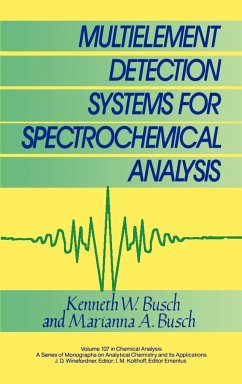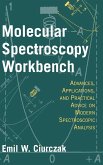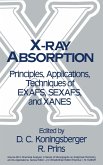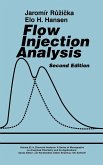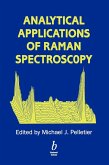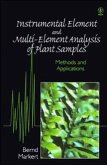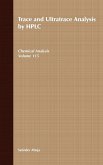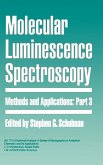For the research scientist without formal training in optics and spectroscopy, learning how to make multichannel spectroscopic measurements can be a toilsome, piecemeal affair, requiring extensive reading in original literature and specialized works outside his or her area of expertise. To add to the difficulties, such an undertaking, without proper guidance, invariably leads to countless hours wasted puzzling through a maze of unnecessary mathematics and technical dead ends. Thus, the enterprising analytical chemist or research scientist is often daunted in his or her efforts to learn how to choose and develop the right tools for the job, only to fall back on leaving it up to the experts. Now, Multielement Detection Systems for Spectrochemical Analysis makes it possible for readers to rapidly develop the knowledge and skills they need to select, use, and tailor appropriate instrumentation for their spectroscopic analyses. One way it achieves those aims is through its unique, step-by-step format. Offering clear, concise explanations, it begins with basic concepts and principles, such as diffraction, interference, and multiplexing, and advances to more complex considerations in optics, transform techniques, solid-state physics, television technology, electron optics, and array-detector technology. And just as importantly, while other works in the field cover either fundamental principles or instrumentation, Multielement Detection Systems for Spectrochemical Analysis offers a balanced, unified treatment of both. It is both an excellent introduction to spectrographic fundamentals, and a comprehensive guide to image detection technology. Requiring only an undergraduate familiarity with electronics and the principles of atomic absorption and emission spectrochemical instrumental analysis, this in-depth introduction and comprehensive guide follows a consistently clear, succinct style. Throughout, the level of mathematical complexity is kept to a minimum. Multielement Detection Systems for Spectrochemical Analysis is an essential tool for analytical chemists, as well as physicists, engineers, and anyone engaged in research in which optical spectroscopy is used.
Bitte wählen Sie Ihr Anliegen aus.
Rechnungen
Retourenschein anfordern
Bestellstatus
Storno

